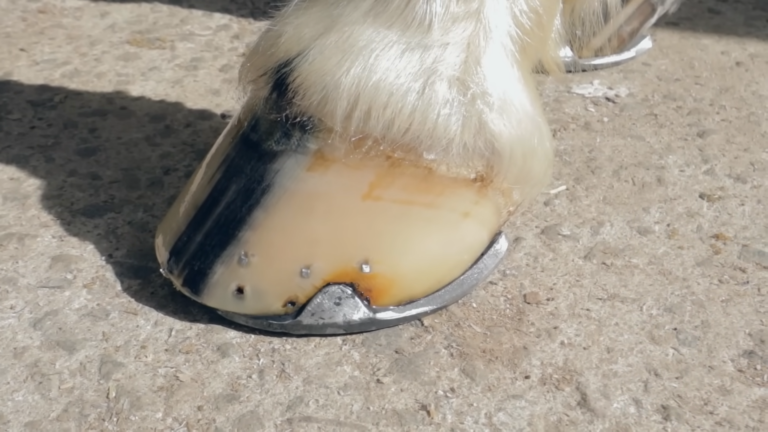Horses, magnificent creatures known for their grace and strength, possess a unique anatomical feature: their hooves. These are not just mere appendages but are vital for their survival, mobility, and overall health.
This article explores the critical role hooves play in the life of a horse, delving into the science and biology behind this fascinating aspect of equine anatomy.
The Evolutionary Tale
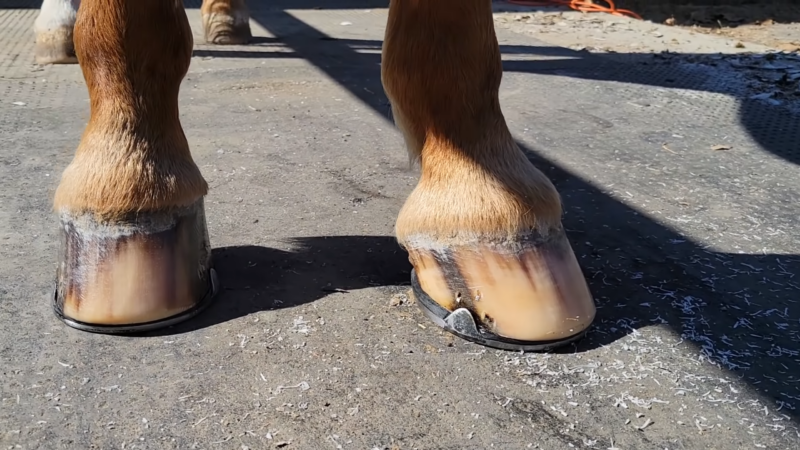
To understand the importance of hooves, it’s essential to look back at the evolutionary journey of horses. Early ancestors of modern horses had multiple toes, but over millions of years, these transformed into the single, sturdy hoof we see today.
This evolution was driven by the need for speed and efficiency in different terrains, particularly as horses moved from soft, marshy areas to harder, drier ground. The hoof, with its hard outer covering and shock-absorbing properties, allowed for faster, more efficient movement and less energy expenditure.
The Structure of Hooves
At first glance, a horse’s hoof might seem like a solid, unyielding object. However, it’s a complex structure made of several components, each with a specific function. The outer wall, made of keratin, is the same protein found in human hair and nails.
It’s tough and resistant to wear, protecting the inner structures of the hoof. Beneath the wall lies the sensitive laminae, rich in blood vessels and nerves, connecting the wall to the internal bones.
Growth and Maintenance
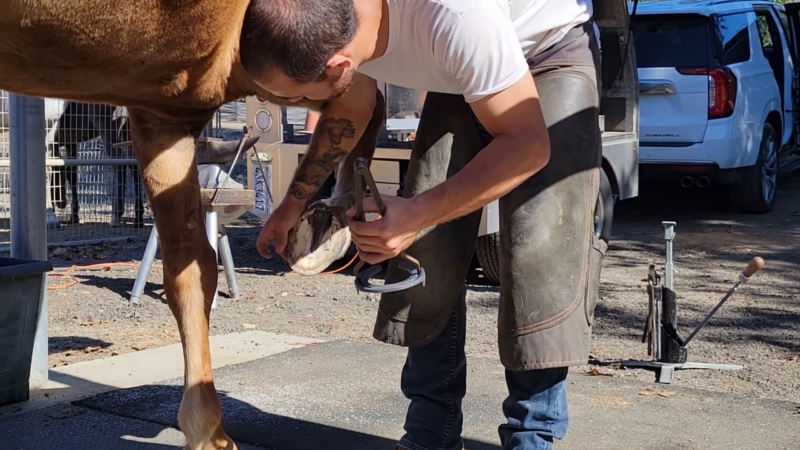
Horse hooves grow continuously, much like human fingernails. This growth compensates for the wear and tear that hooves undergo.
Regular maintenance, such as trimming and shoeing, is crucial to prevent overgrowth and deformation, which can lead to pain and mobility issues. Proper hoof care is a fundamental aspect of horse husbandry and requires expertise and regular attention. Read more about prover hooves care.
Support and Shock Absorption
Hooves play a critical role in supporting the immense weight of horses. Each step a horse takes involves a delicate balance of weight and pressure. The hoof spreads out this pressure, ensuring that no single part of the leg bears excessive load.
Moreover, the hoof acts as a shock absorber. The internal structure, particularly the digital cushion and the frog (the V-shaped structure on the underside of the hoof), work together to absorb the impact of each step, protecting the bones and joints from stress and injury.
Traction and Protection
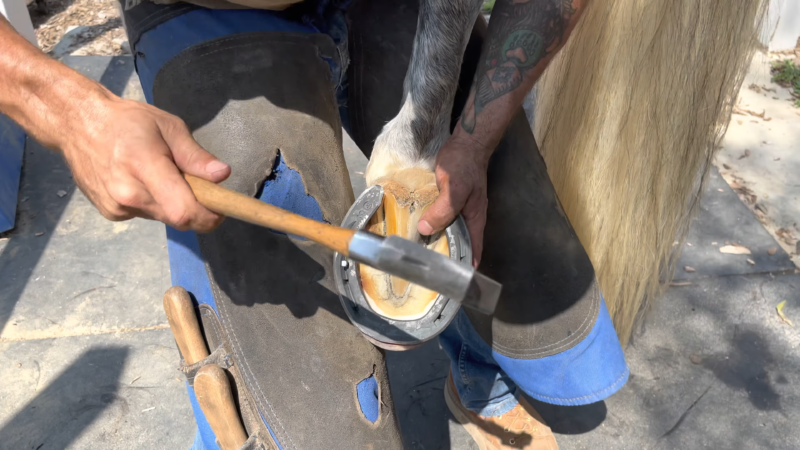
Another essential function of the hoof is providing traction. The unique shape and texture of the hoof give horses the ability to move swiftly on different terrains without slipping.
Additionally, the hoof protects the delicate structures within the foot from harsh terrains and potential injuries. This protective function is vital, as injuries to the foot can be debilitating for a horse.
Thermoregulation
An often overlooked aspect of hooves is their role in thermoregulation. The extensive network of blood vessels in the hoof helps in regulating the temperature of the horse’s body. During exercise, as the horse’s body temperature rises, blood flow to the hooves increases, helping to dissipate heat and maintain a stable body temperature.
Hoof Health and Disease Prevention
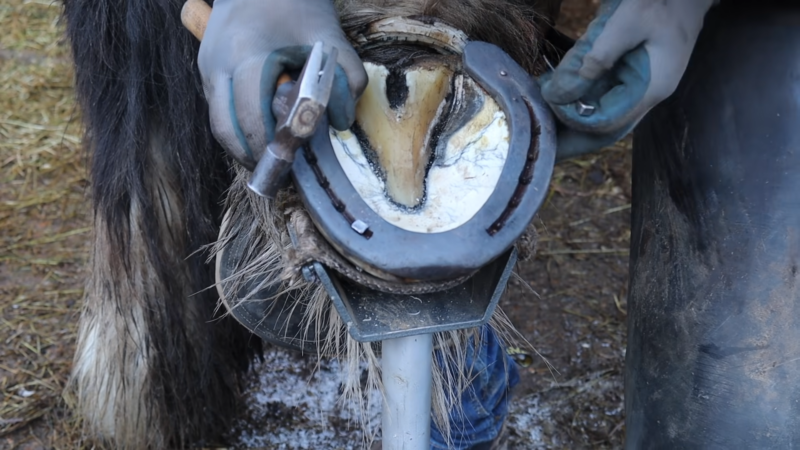
The health of a horse’s hoof is directly linked to its overall well-being. Problems in the hoof can lead to significant health issues, affecting mobility and quality of life. Common hoof-related ailments include laminitis, a painful inflammation of the sensitive laminae, and thrush, a fungal infection of the frog.
These conditions underscore the need for vigilant care and regular check-ups. Prevention, through a balanced diet rich in nutrients essential for hoof health and regular cleaning, is key to averting these problems. Additionally, working with a skilled farrier, who can correctly trim and shoe the hooves, is critical in maintaining hoof health.
The Role of Hooves in Equine Behavior
Hooves also play a significant role in equine behavior and communication. Horses use their hooves to explore their environment, forage for food, and interact with other horses.
The sounds made by hooves, from the gentle clop on soft ground to the sharp clack on hard surfaces, can convey a horse’s mood and intentions. This aspect of hooves is often observed in the wild, where horses communicate and establish social hierarchies through physical displays that involve their hooves.
Adaptation Across Breeds
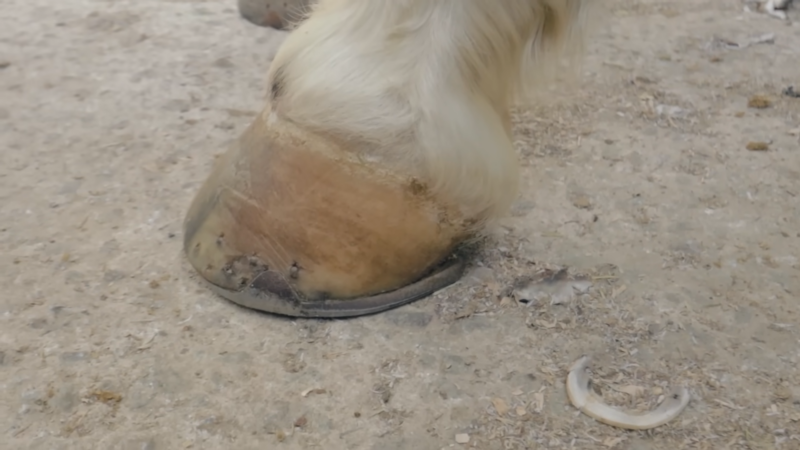
Different horse breeds have hooves adapted to their specific environments and lifestyles. For instance, breeds that evolved in arid environments tend to have harder, more compact hooves, ideal for dry, rocky terrain.
In contrast, breeds from wetter climates often have wider, more spread-out hooves, providing better stability in soft, muddy conditions. This adaptability showcases the hoof’s evolutionary resilience and its crucial role in the survival of various horse breeds in diverse habitats.
Hooves in Motion
The mechanics of horse locomotion are deeply intertwined with hoof function. The way a horse moves – its gait – is influenced by the shape and condition of its hooves. An irregular gait can often be traced back to problems in the hoof.
This connection is particularly important in horse racing and other equestrian sports, where optimal hoof condition is essential for peak performance. Understanding the biomechanics of hooves helps trainers and veterinarians to optimize care and prevent injuries.
Environmental and Lifestyle Impacts
The environment and lifestyle of a horse greatly affect hoof health. Horses that spend a lot of time on hard or uneven surfaces are more prone to hoof wear and injury. Similarly, horses in damp conditions are more susceptible to hoof diseases.
This understanding has led to better management practices, including providing appropriate bedding, regular turnout in suitable terrain, and protection from extreme environmental conditions.
The Art and Science of Farriery
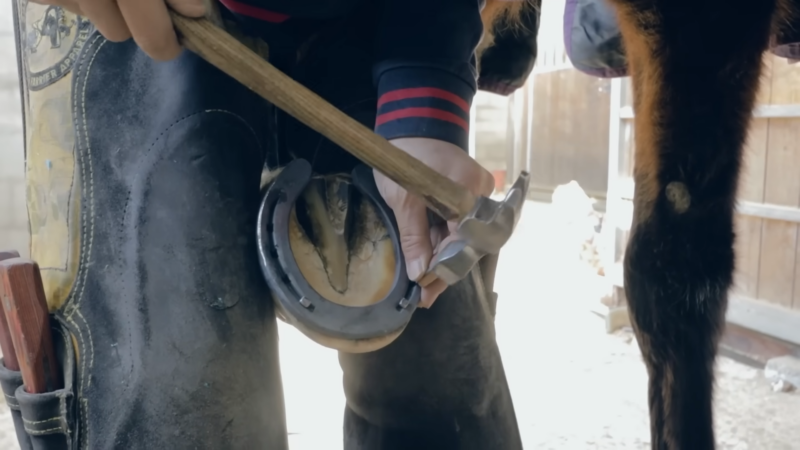
Finally, the practice of farriery, the care and maintenance of horse hooves, is both an art and a science. Farriers combine a deep understanding of equine anatomy and physiology with skilled craftsmanship.
The correct application of horseshoes, tailored to each horse’s needs, is a critical component of hoof care. Advances in technology and veterinary medicine continue to enhance our understanding and capabilities in farriery, furthering our ability to ensure the health and well-being of horses.
In Conclusion
The hoof is an extraordinary element of the horse’s anatomy, essential for its survival, health, and function. Its role extends beyond mere locomotion, encompassing protection, effective communication, and adaptation. The intricate structure and multifaceted nature of hooves demand respect and diligent care.
In understanding and appreciating the significance of hooves, we not only become better caretakers of these magnificent animals but also gain insights into the remarkable adaptations and complexities of the natural world.
Related Posts:
- Africa Cup of Nations 2024: Unveiling the Favorites…
- Does Car Insurance Cover Snow Damage? Essential Tips…
- 10 Reasons Why Air Purifiers Are Essential for…
- Do I Need Snow Plow Insurance? Tips for Protecting Your Ride
- Does It Snow In China? What You Need to Know
- Does It Snow In Prague? What You Need to Know About…

